Maximising your MarTech Investment
Staying relevant in a changing world
By the very nature of their jobs, marketers are generally driven – and even sometimes distracted – by the ‘next big thing’. Whether it’s the promise of applying AI to speed up processes or delivering a never-before-seen hyper-personalised interactive campaign, marketing automation is constantly evolving in the name of staying ahead of the curve.
While the relentless pursuit of what can be done – faster, easier and more targeted – helps to keep things moving forward, it is important that businesses look at the whole picture before investing in the newest and shiniest MarTech trends. You need to understand the full impact of what adopting and implementing new tech can have – especially when it comes to replacing or working alongside your existing systems.
To help avoid creating unwieldy tech stacks or having your head turned by every promise of the ‘latest and greatest’, it helps to focus on what you need to deliver the best possible experience to your customers.
The checklist below outlines key areas to look at and questions to answer before you make any changes:
1. Start by looking at what you have
As part of an operations health check, work with your team and trusted partners to identify your top three pain points. From here ask the following questions:
- Does what we have already address and solve these? If not, what’s missing?
- Does our current technology offer solutions we need that we’re not using?
- Are there examples of solutions out there that address these issues better than what we currently have?
- Do any of these solutions integrate with what we have? If so, how?
2. Think about your customers
Understanding the latest technology can help you to stay relevant, but remember this doesn’t necessarily mean adopting the latest offering if it doesn’t cater to what your customers need. For example, adopting functionality to deliver campaigns through channels such as WhatsApp is only worthwhile if this is a legitimate way of reaching your customers with information or messages they want to hear.
Ask yourself:
- Will this technology allow the business to enhance or improve our customers’ experience?
- If so, how – and will the benefits outweigh the costs?
3. Don’t forget about your data
We all know that having access to the right data is at the root of successful, relevant marketing. Even the coolest or cleverest technology investment won’t be effective if your data is disjointed or siloed – and keep in mind if you required actual real-time or transactional data at volume, that these can become costly from a software architecture point of view.
- Do you have access to the data you need?
- What processes do you have in place to ensure each department can access the data they need, when they need it?
- How long do you keep your data? Be aware that holding onto more data than you need can hinder your systems, slowing them down and making them less effective. Be picky about what data you keep – it is less important to know that a customer’s last purchase from your shop was a chocolate biscuit, than it is to know that their last engagement with you was more than a year ago.
- Are you using data to enhance your customer experience or to hinder it? Be careful when it comes to the records you keep and how you use them. While having a single view of the customer is helpful for targeting and getting to know them as individuals, if they contact you with one email address and you send them an offer to a different one, what you may label as ‘joined up thinking’ may come across as a violation of their privacy.
- Do the key attributes and characteristics that describe your customers fit inside the “customer-shaped box” of new tech options, or are you going to have to make compromises? Using the example above, does the software insist that two email addresses are two entirely different entities?
Taking a step back to think about these key areas can help you understand what tools you already have in place when it comes to streamlining your operations to deliver the best possible experiences to your customers. Your answers are the first step in determining if you need to invest in a new MarTech system or, more likely, to understand how you can make your current investment work harder for your team.
To learn more about analysing and maximising your MarTech, we are experts in this field, do get in touch.
Like what you see?
Subscribe to our newsletter for customer experience thought leadership and marketing tips and tricks.





